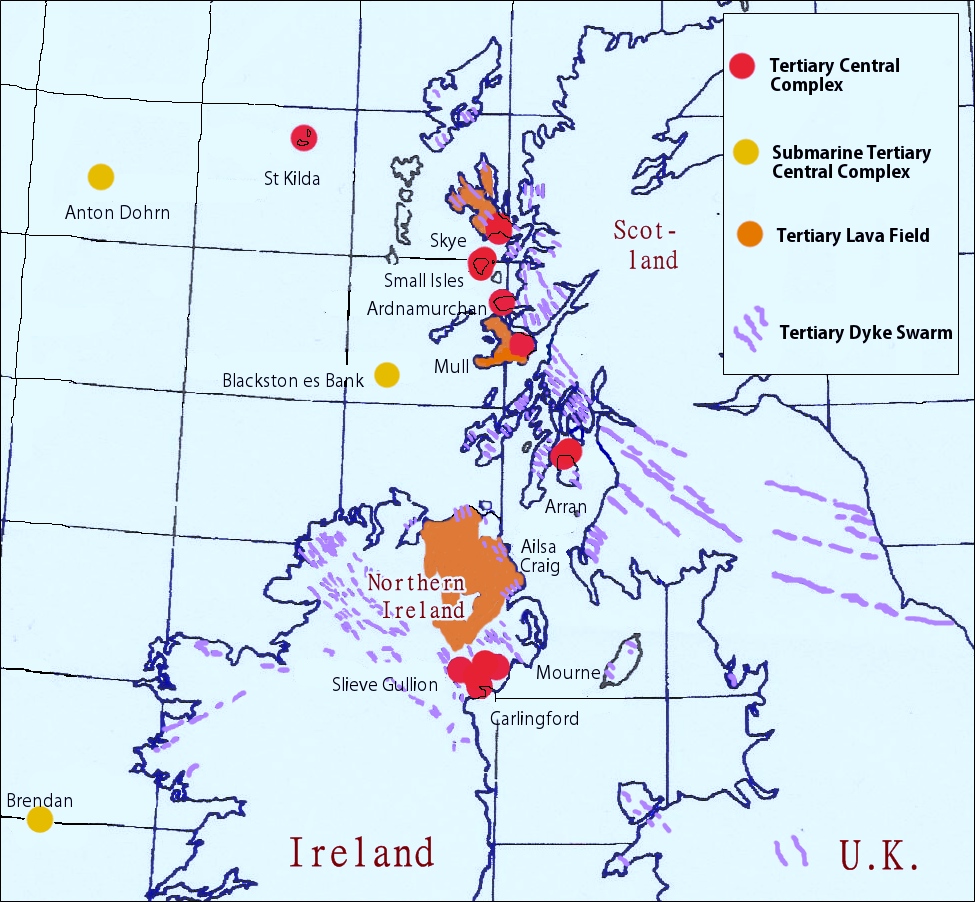Climate Change - The Palaeocene-Eocene Thermal Maximum
The geological record contains examples of major temperature changes, associated with changes in atmospheric CO2.

Matthew Huber at Purdue University calculated that warming slightly in excess of 10 degrees C—like that of the PETM and of pessimistic scenarios for future fossil-fuel burning—could render large portions of the planet uninhabitable for many creatures. He has said:

At current emissions rates, we’re just five generations away from creating an atmosphere the likes of which hasn’t been seen in 56 million years.
There are a number of other suggestions about how all the carbon compounds were added to the atmosphere to cause the PETM.

For example, the PETM, around 56 million years ago:

"There used to be subtropical forests near the poles 50 million years ago, and that doesn’t sound so bad.
"But the fossil record closer to the equator is really poor, and that may be an indication that life was extremely stressed during these warm periods.
"If over half the surface area of the planet becomes inhospitable, it will not render Earth uninhabitable, but it will be unrecognizable and existentially challenging for the majority of the people, species and communities on Earth."
Some researchers suggest the Palaeocene-Eocene Thermal Maximum, might be partly connected to an impact event that ignited forests.
During the PETM, a massive influx of carbon flooded the atmosphere and Earth warmed by 5 - 8 C degrees.
A recent research paper contains this quote:
"Given currently available records, we demonstrate that the present anthropogenic carbon release rate is unprecedented throughout the Cenozoic (past 66 million years)."
This graph compares the current situation with the PETM event around 56 million years ago:

We are doing something very extraordinary......
At current emissions rates, we’re just five generations away from creating an atmosphere the likes of which hasn’t been seen in 56 million years.
There are a number of other suggestions about how all the carbon compounds were added to the atmosphere to cause the PETM.
One is that the vulcanism along the newly-rifting Atlantic margins (producing the Atlantic Ocean basin) broke through various fossil fuel deposits such as oil and gas reservoirs.

Another is that stored methane was released from the oceans, again perhaps due to heating caused by that vulcanism.
Another is that a large shallow seaway that cut across a continent may have become cut off and then dried out; this exposed lots of peat-type material that became oxidised and hence produced lots of CO2.